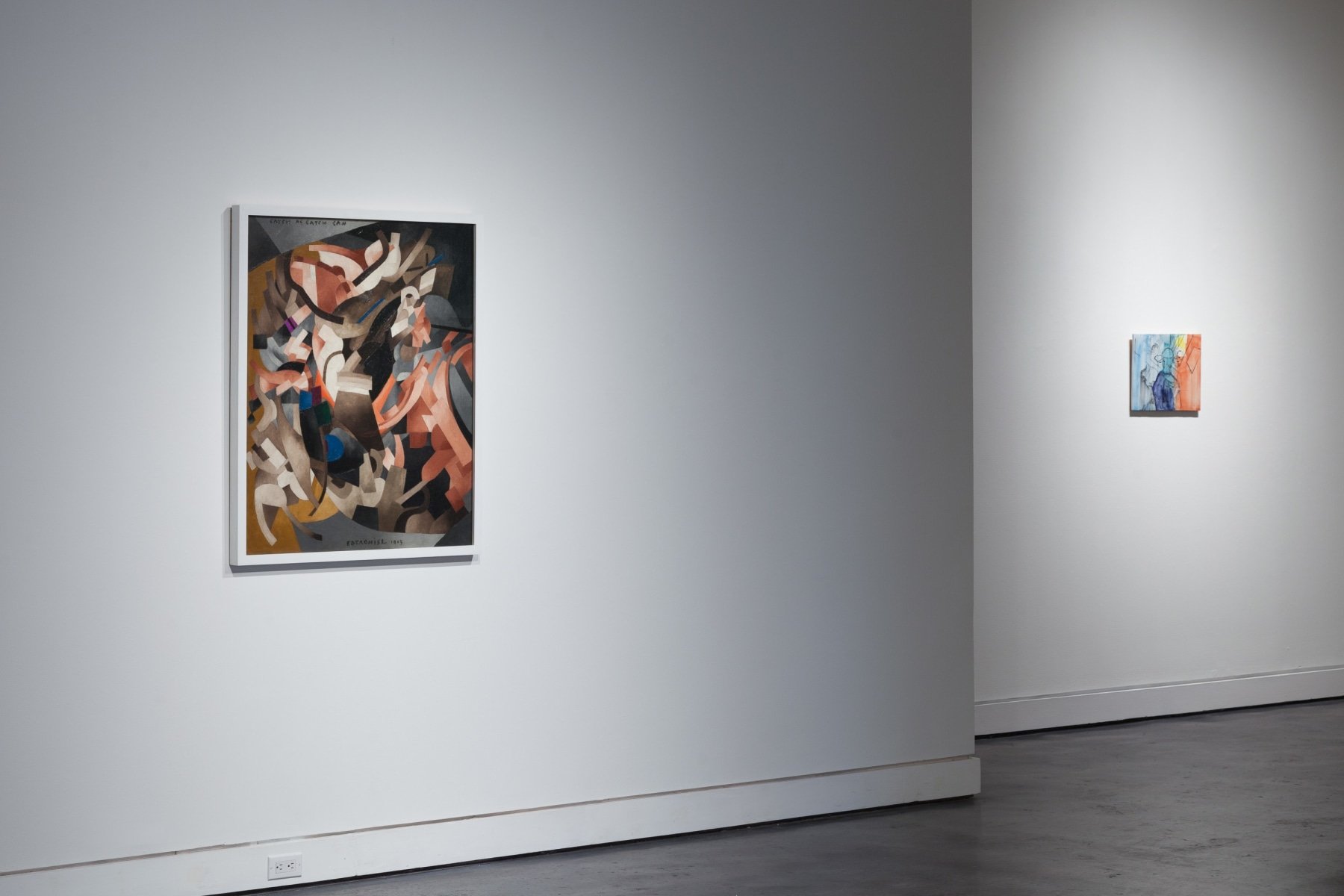
Installation view, “Catch as Catch Can”, Locks Gallery, Philadelphia, 2013
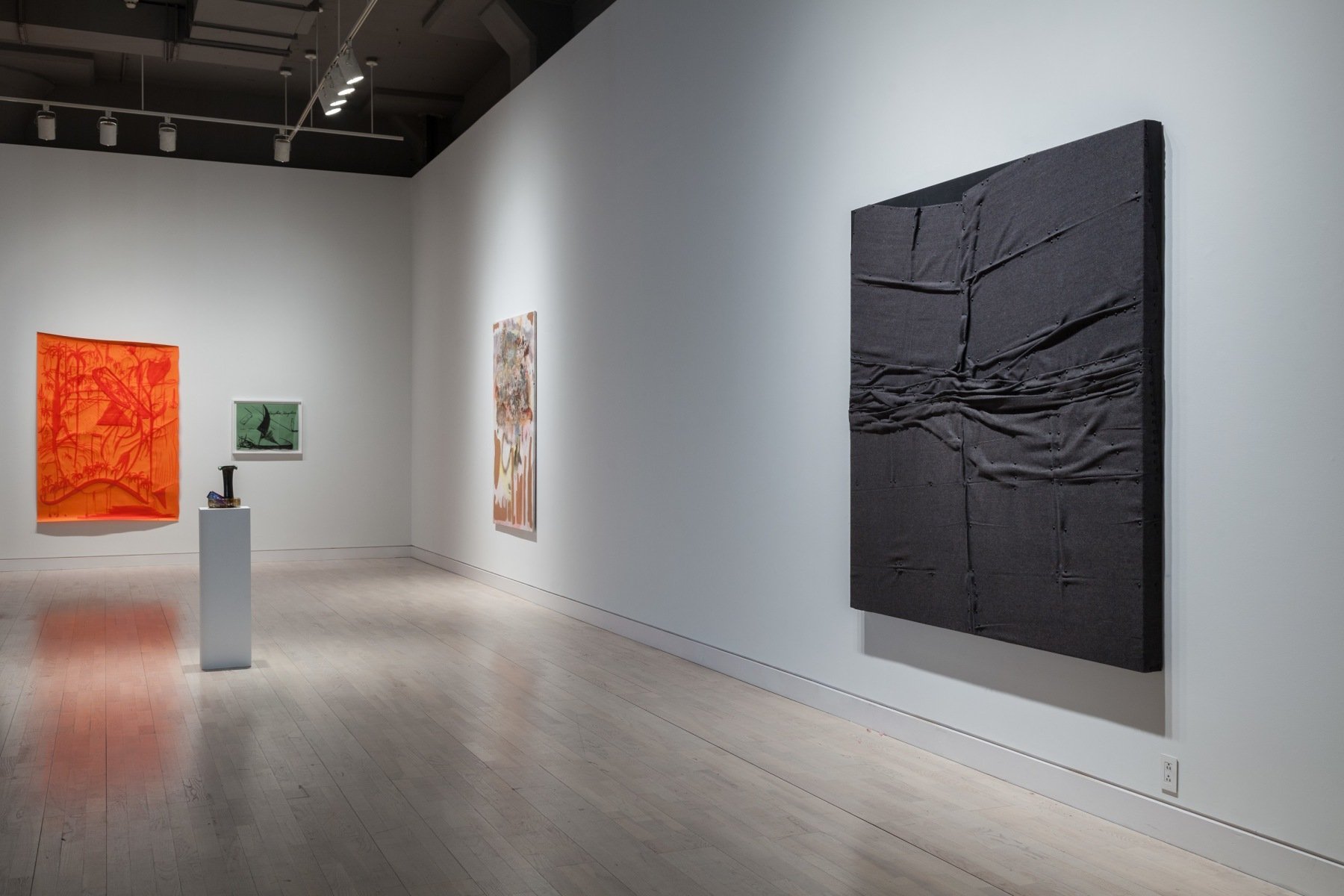
Installation view, “Catch as Catch Can”, Locks Gallery, Philadelphia, 2013

Installation view, “Catch as Catch Can”, Locks Gallery, Philadelphia, 2013
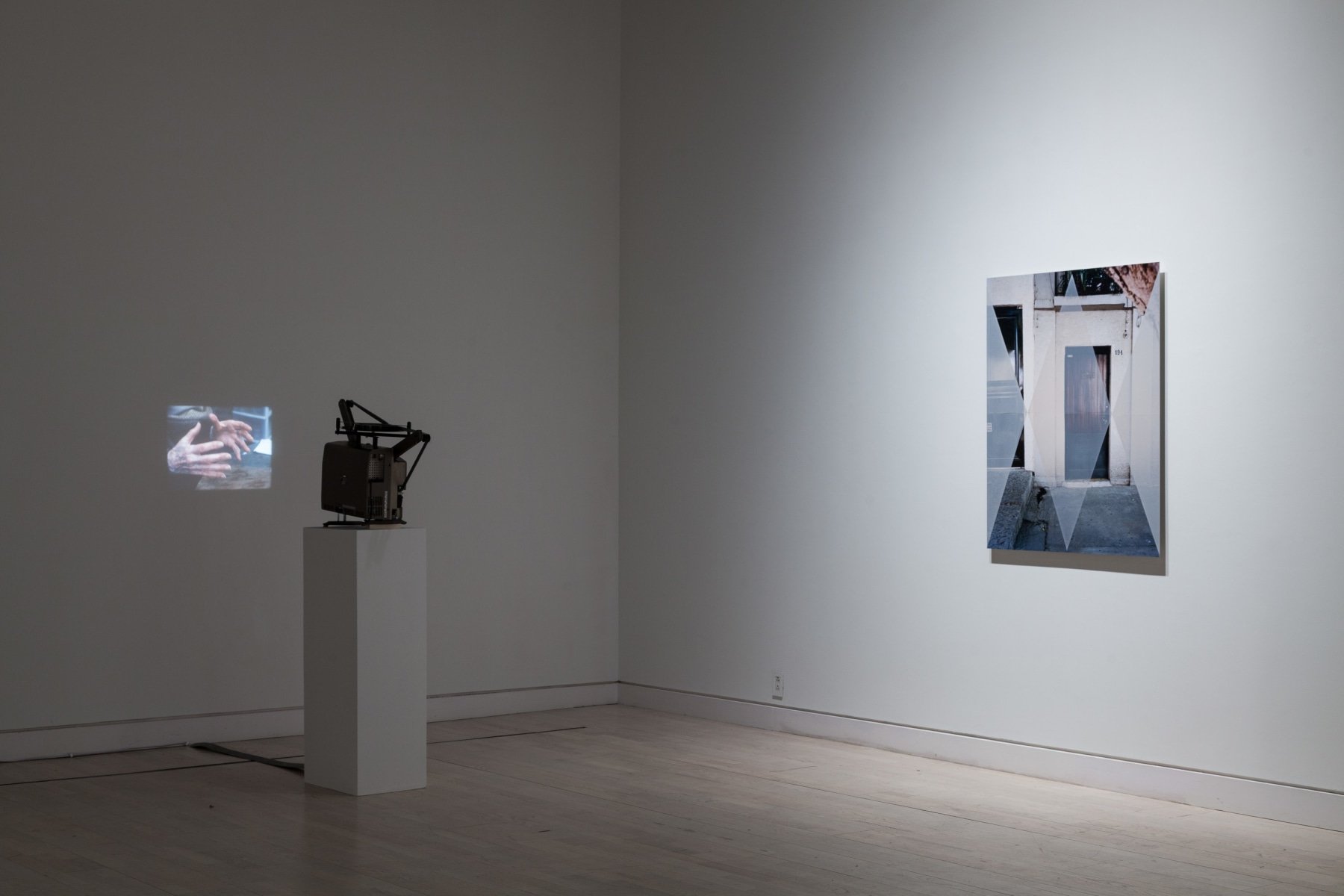
Installation view, “Catch as Catch Can”, Locks Gallery, Philadelphia, 2013

Installation view, “Catch as Catch Can”, Locks Gallery, Philadelphia, 2013
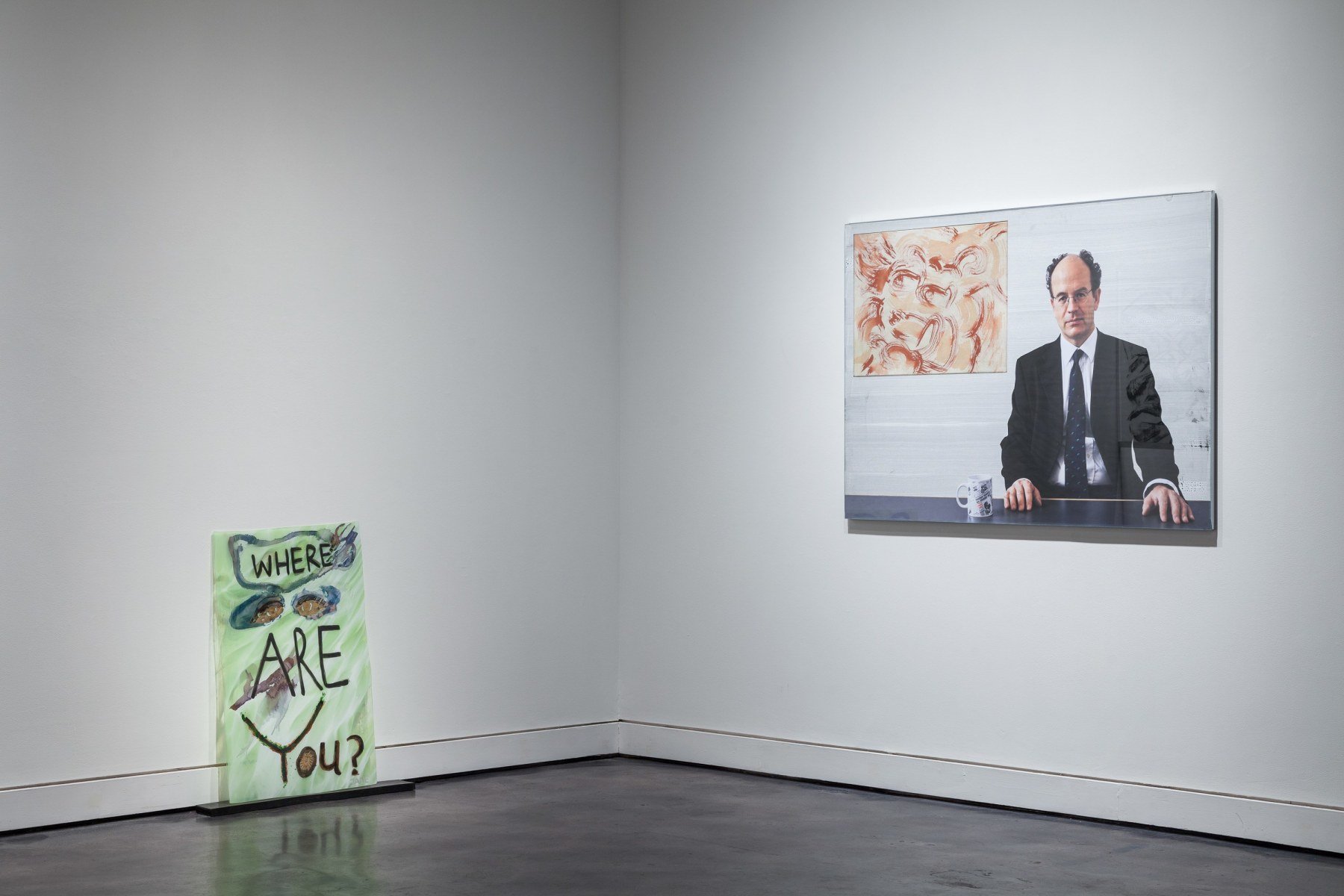
Installation view, “Catch as Catch Can”, Locks Gallery, Philadelphia, 2013
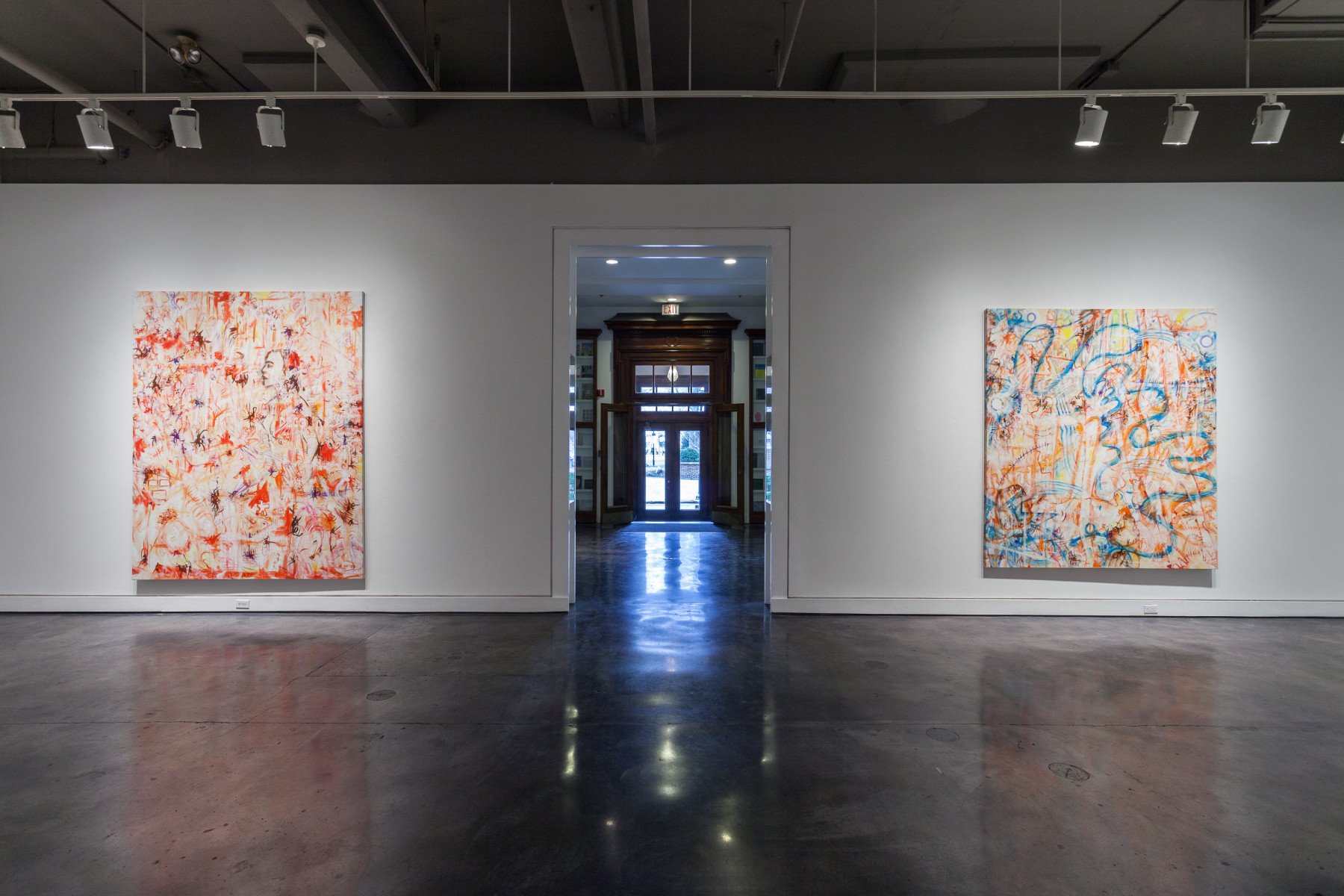
Installation view, “Catch as Catch Can”, Locks Gallery, Philadelphia, 2013
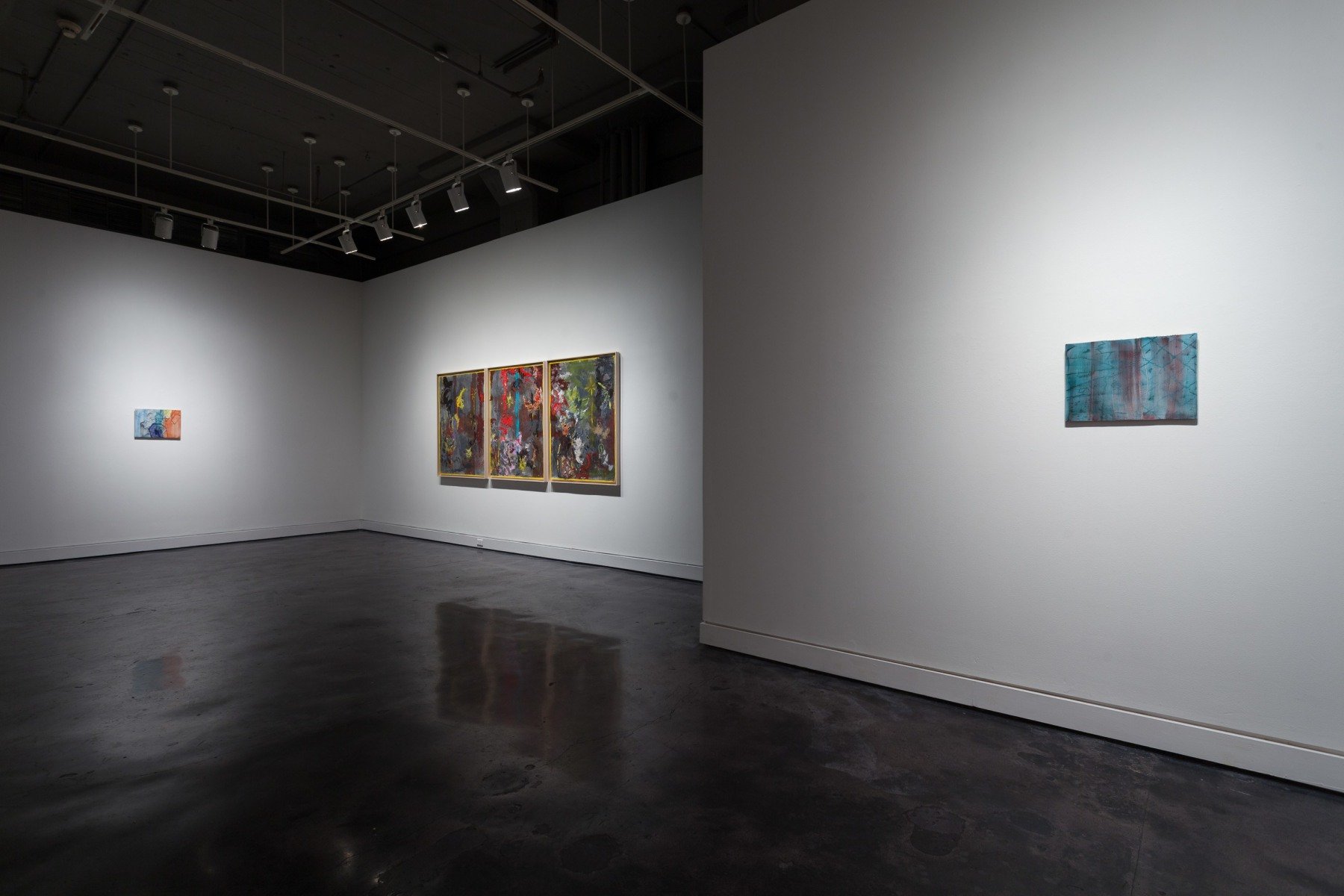
Installation view, “Catch as Catch Can”, Locks Gallery, Philadelphia, 2013
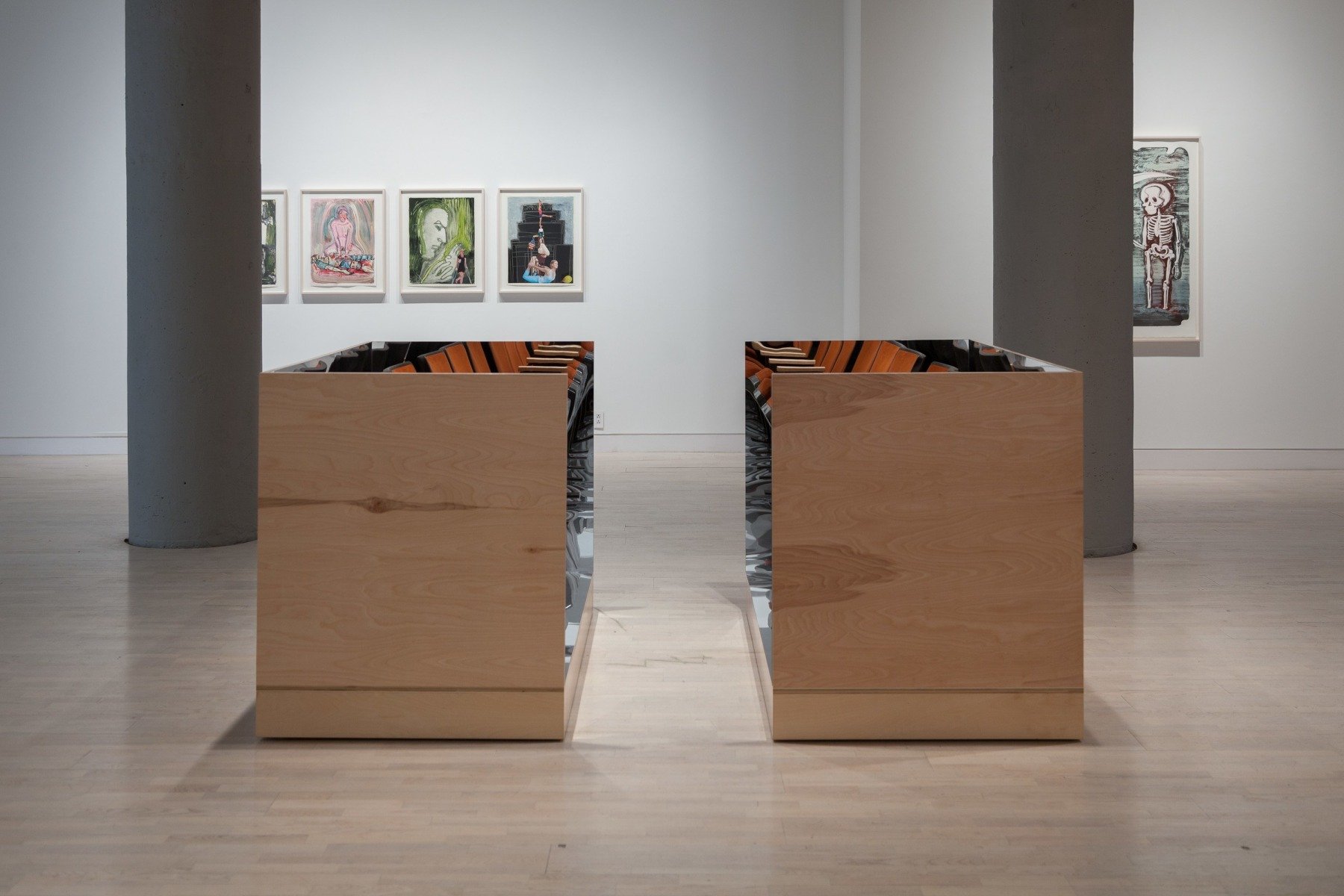
Installation view, “Catch as Catch Can”, Locks Gallery, Philadelphia, 2013
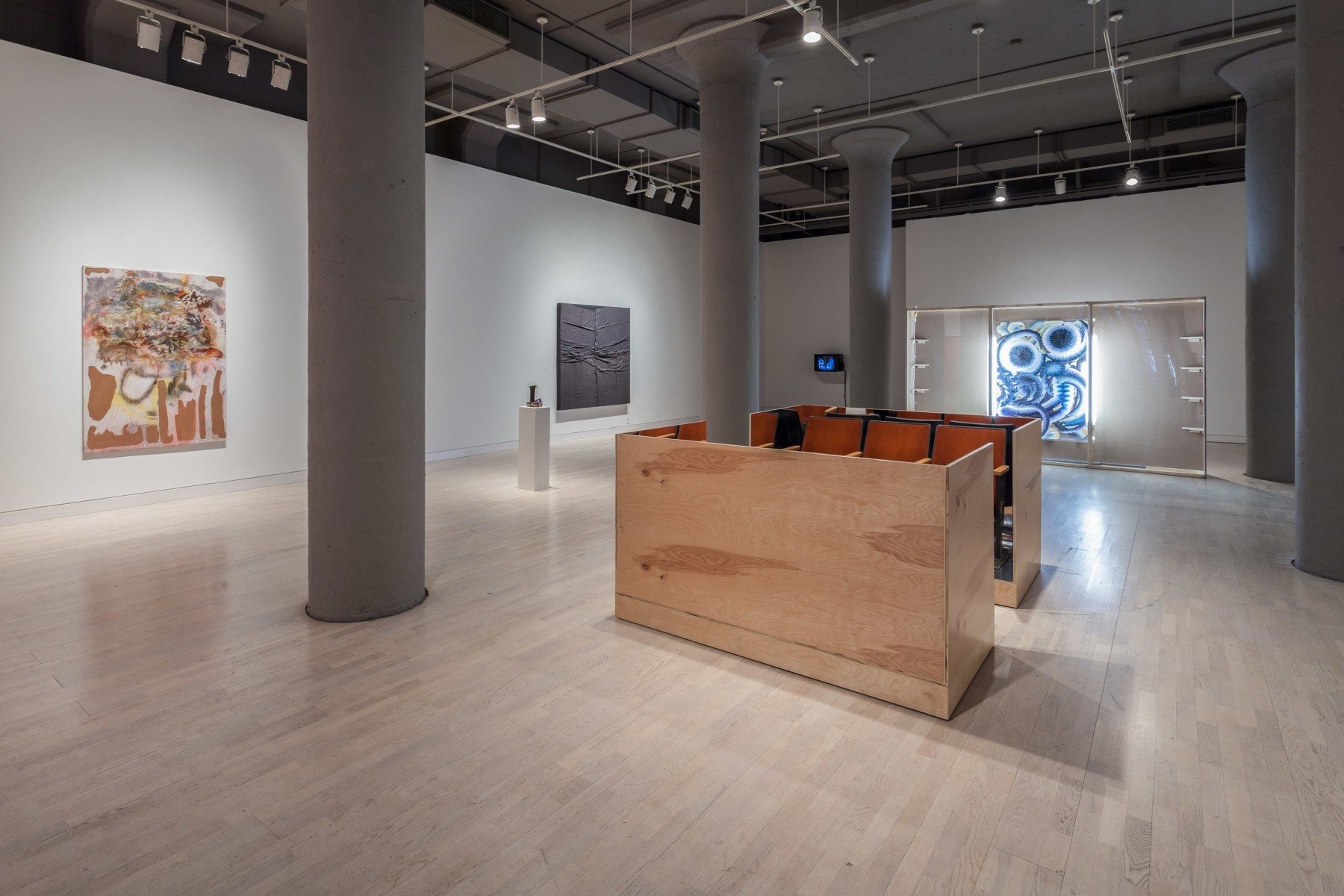
Installation view, “Catch as Catch Can”, Locks Gallery, Philadelphia, 2013
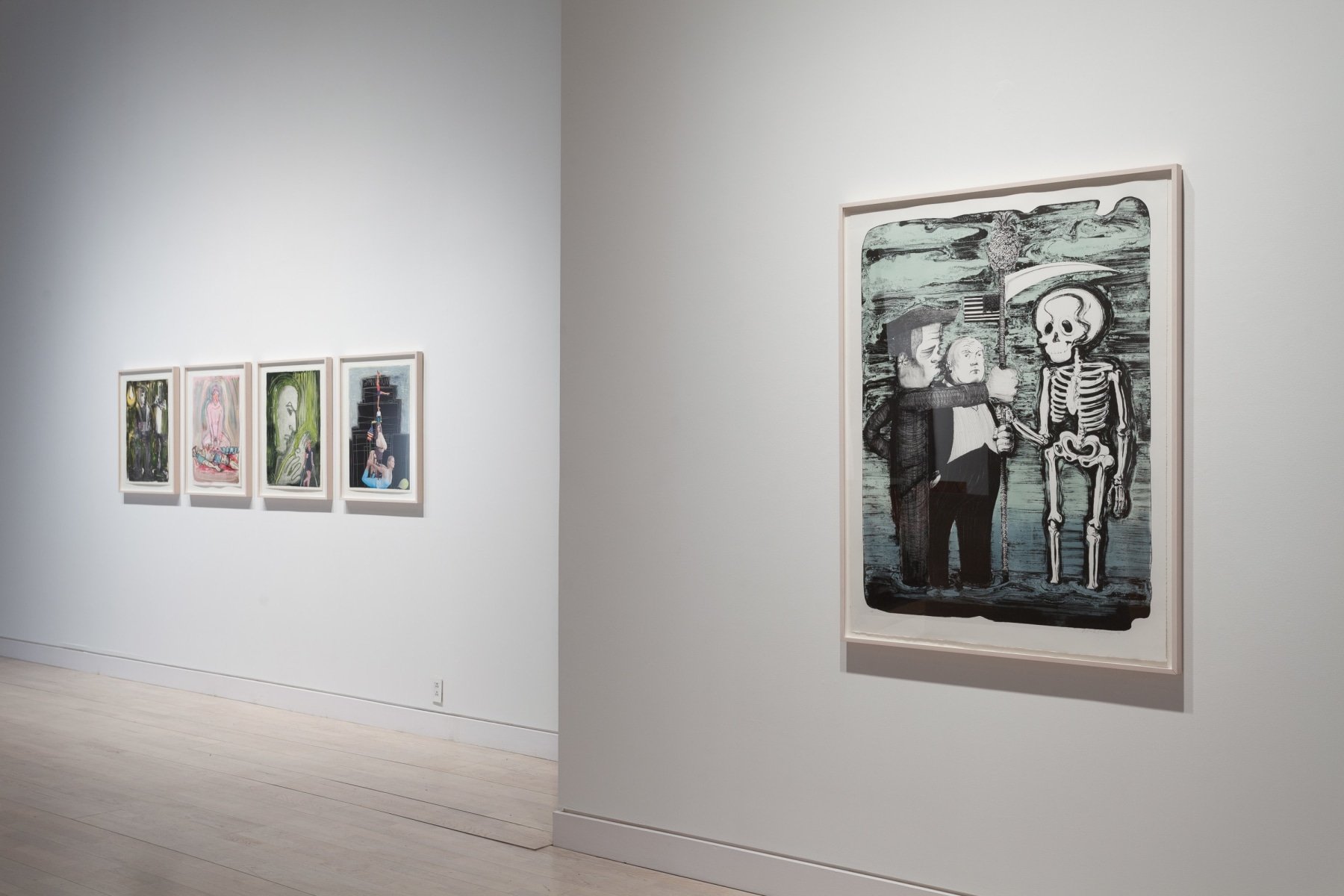
Installation view, “Catch as Catch Can”, Locks Gallery, Philadelphia, 2013

Installation view, “Catch as Catch Can”, Locks Gallery, Philadelphia, 2013
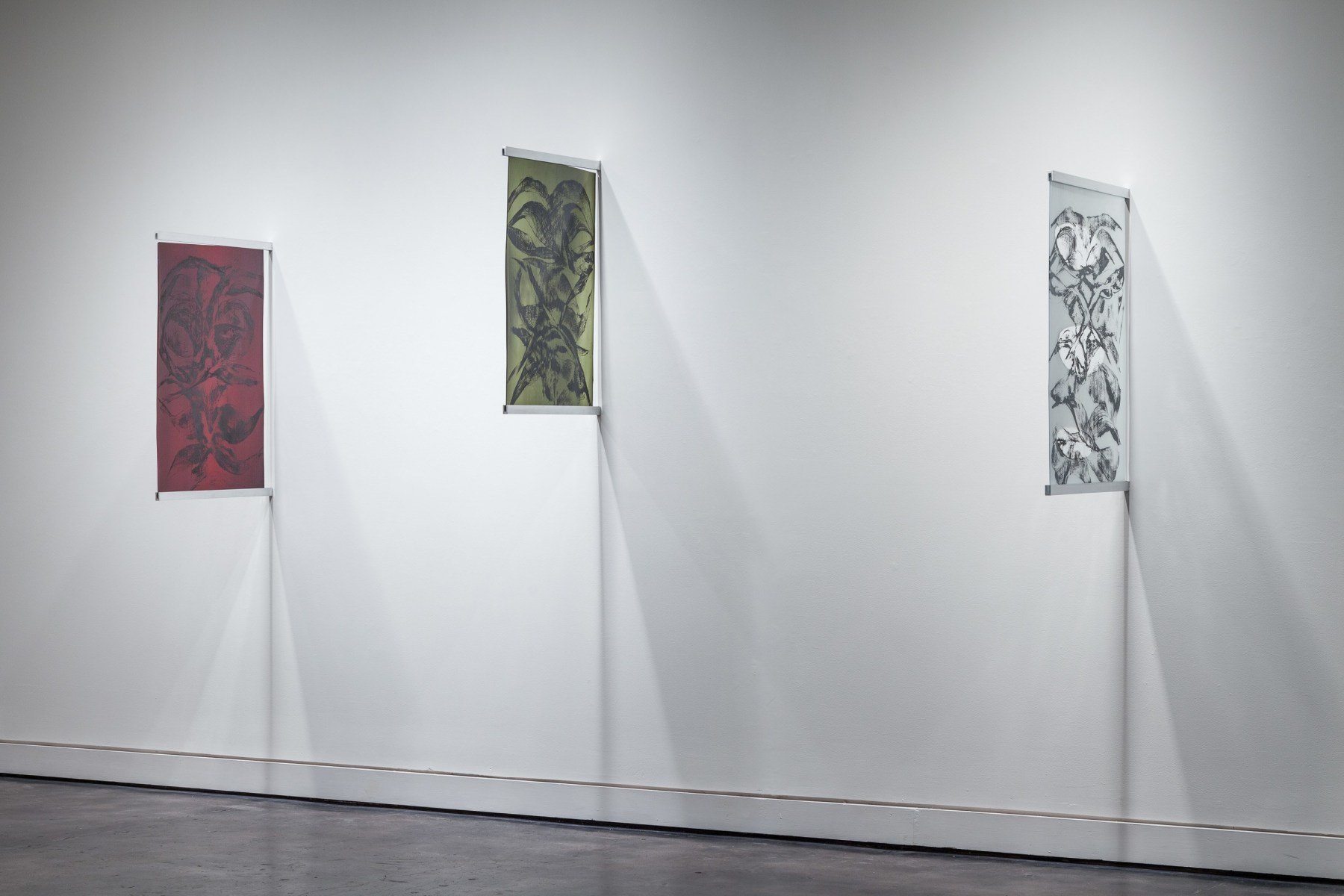
Installation view, “Catch as Catch Can”, Locks Gallery, Philadelphia, 2013
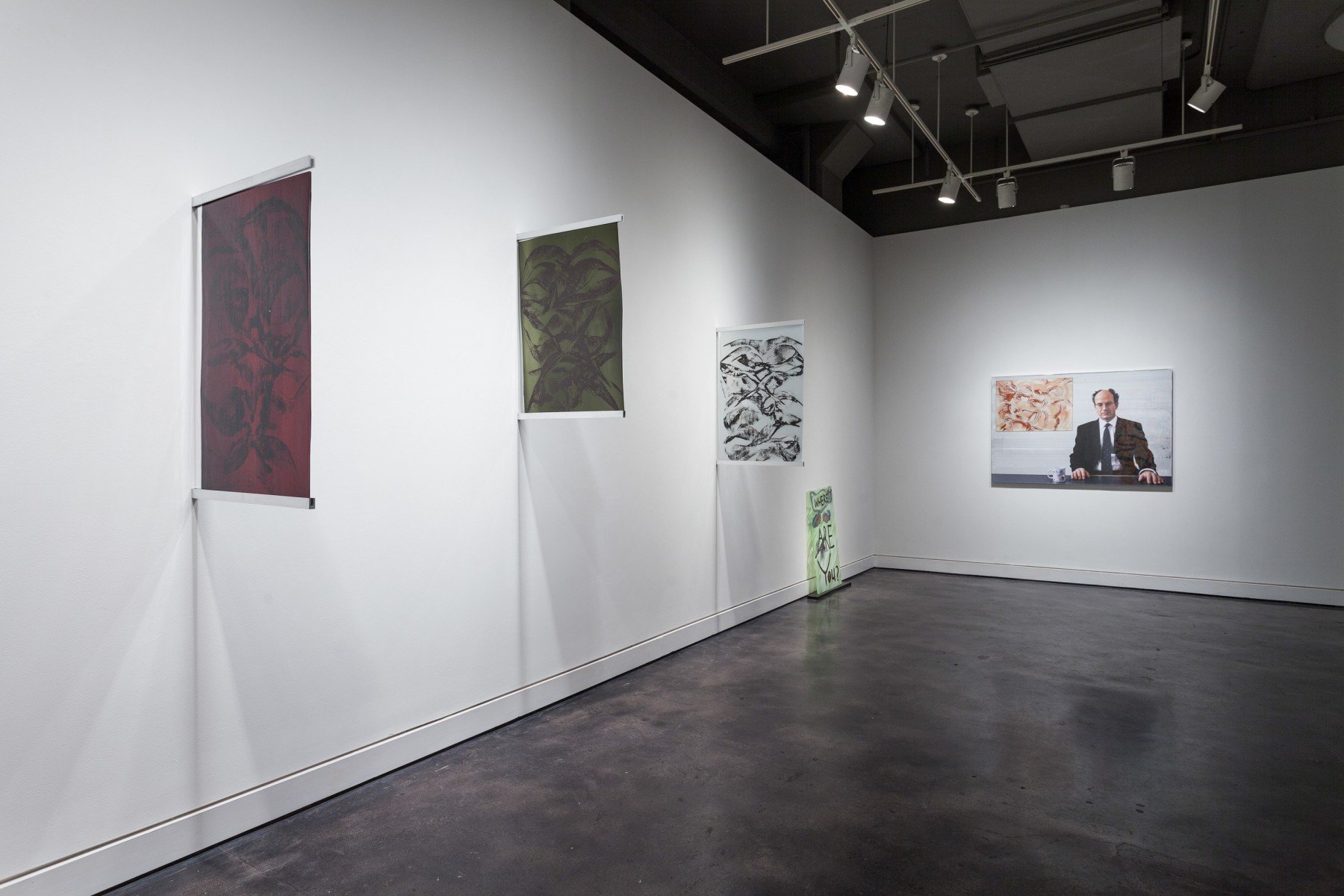
Installation view, “Catch as Catch Can”, Locks Gallery, Philadelphia, 2013
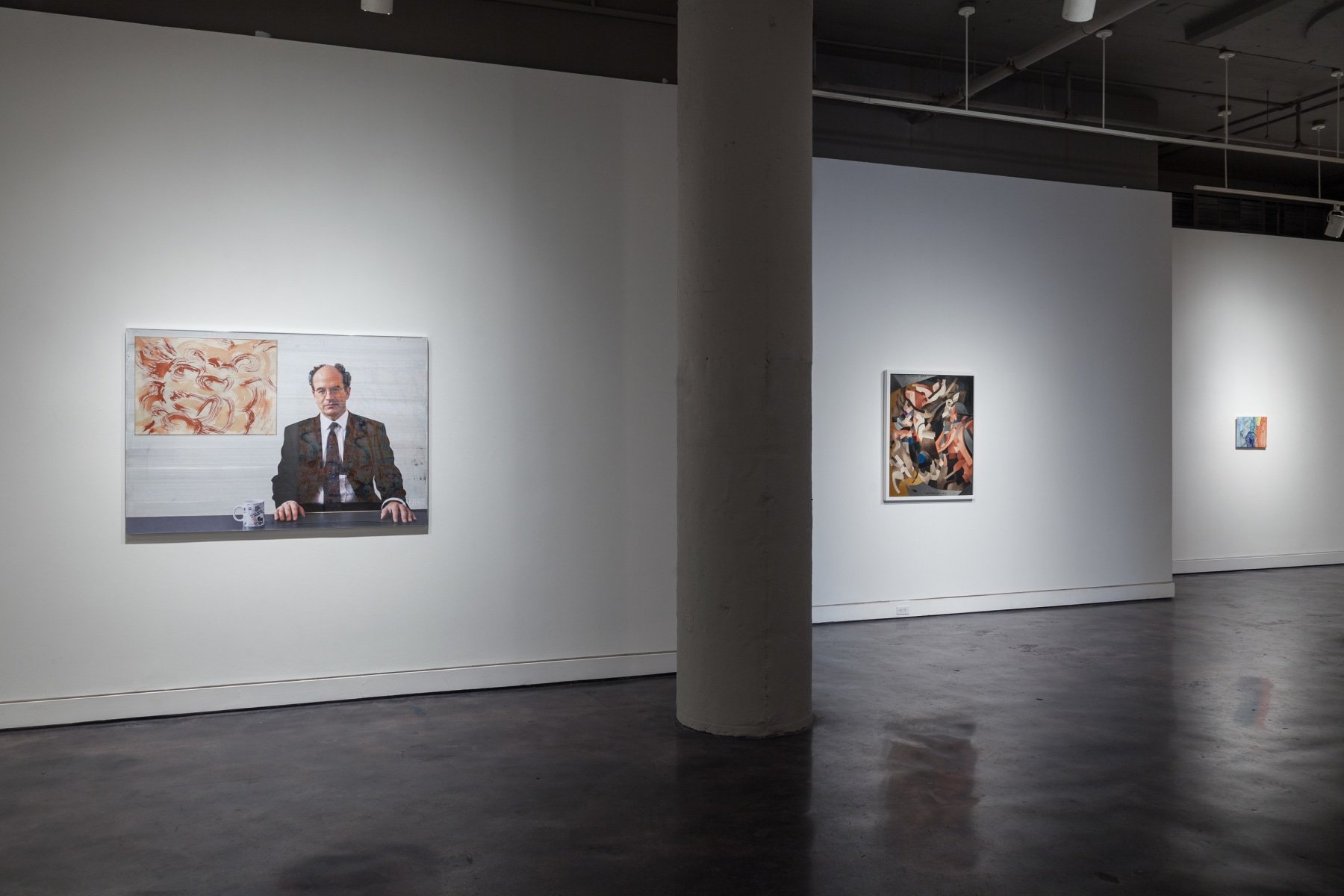
Installation view, “Catch as Catch Can”, Locks Gallery, Philadelphia, 2013

Installation view, “Catch as Catch Can”, Locks Gallery, Philadelphia, 2013

Installation view, “Catch as Catch Can”, Locks Gallery, Philadelphia, 2013
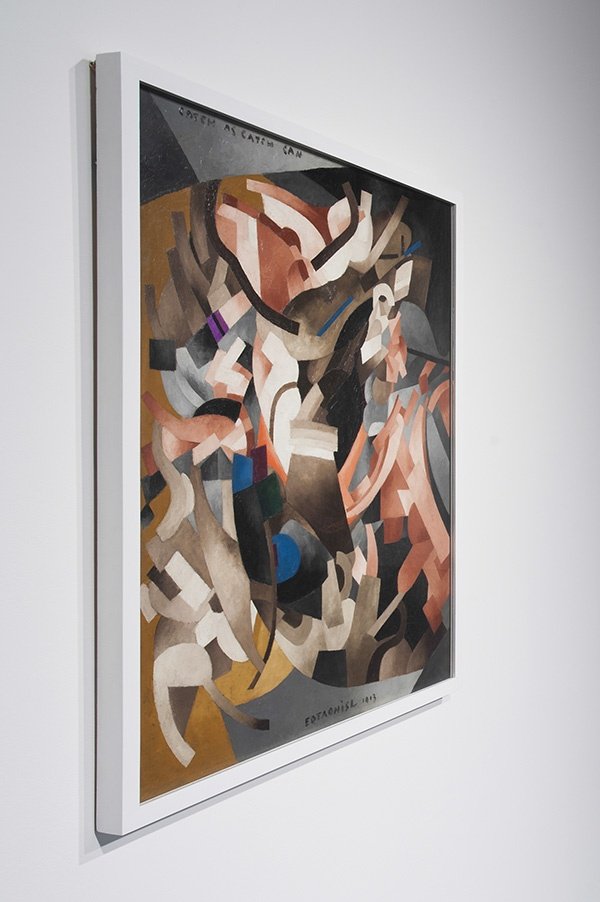
Francis Picabia, "Catch as Catch Can", 1913

Kerstin Brätsch, "Interchangeable Mylar (3 parts), Glow Rod Tanning Series for DAS INSTITUT and UNITED BROTHERS", 2012
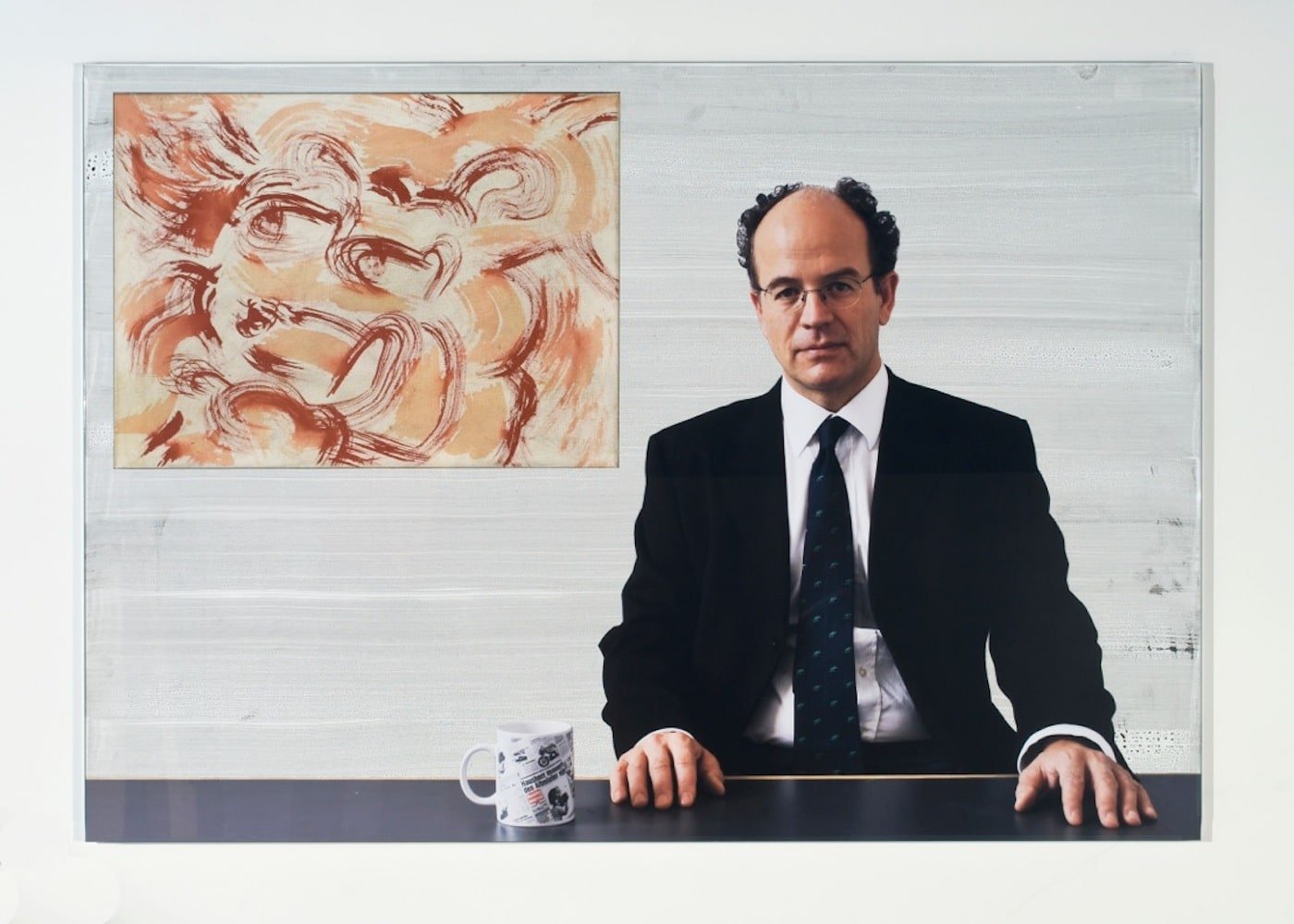
Will Benedict, "Madame President We are Breaking Up", 2011

Tom Burr, "An Orange Echo", 2012

Nick Mauss, "For two days I was unable to do anything, I was so stunned", 2009
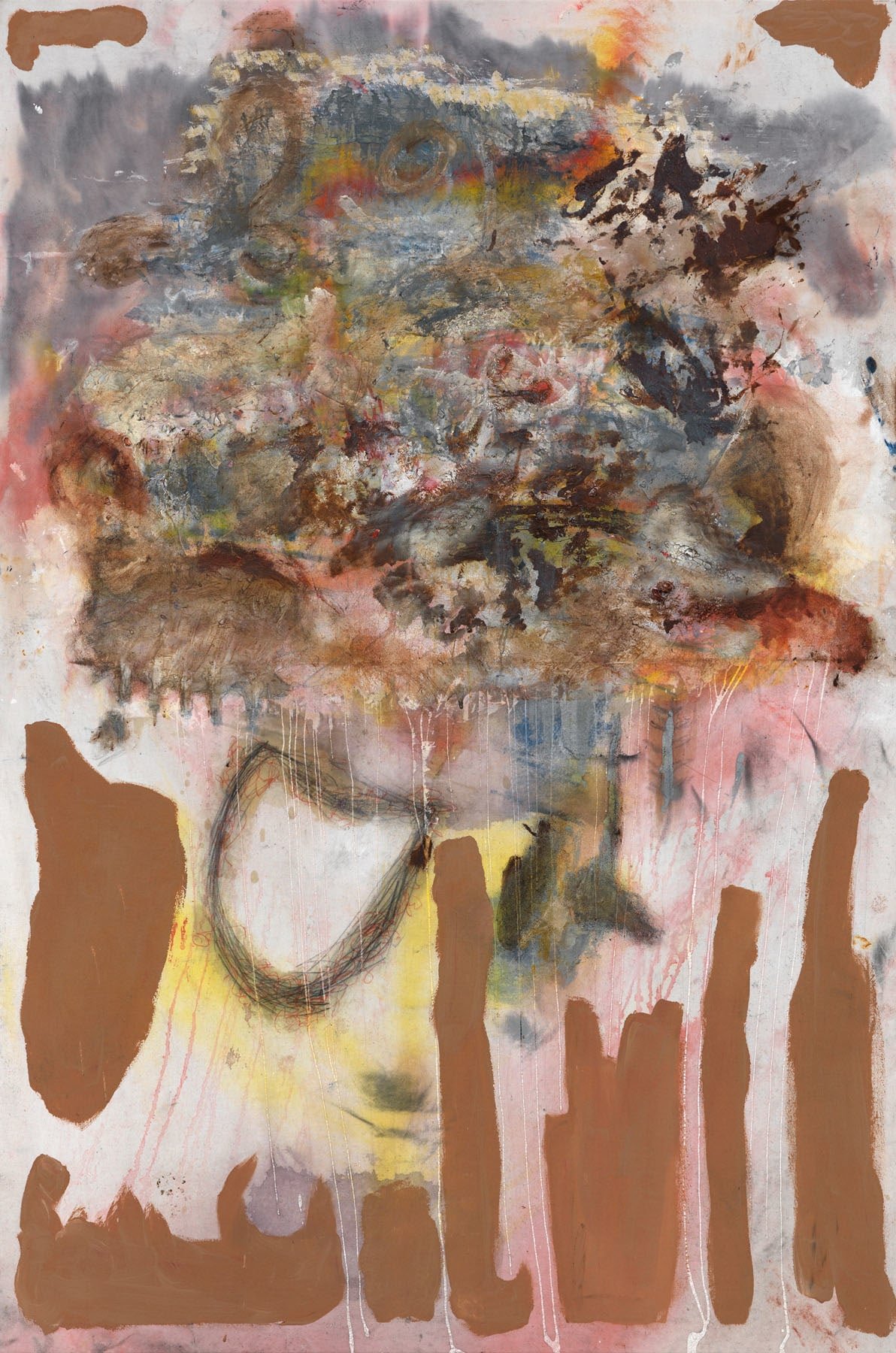
Michaela Eichwald, "Gerichtstraße", 2012
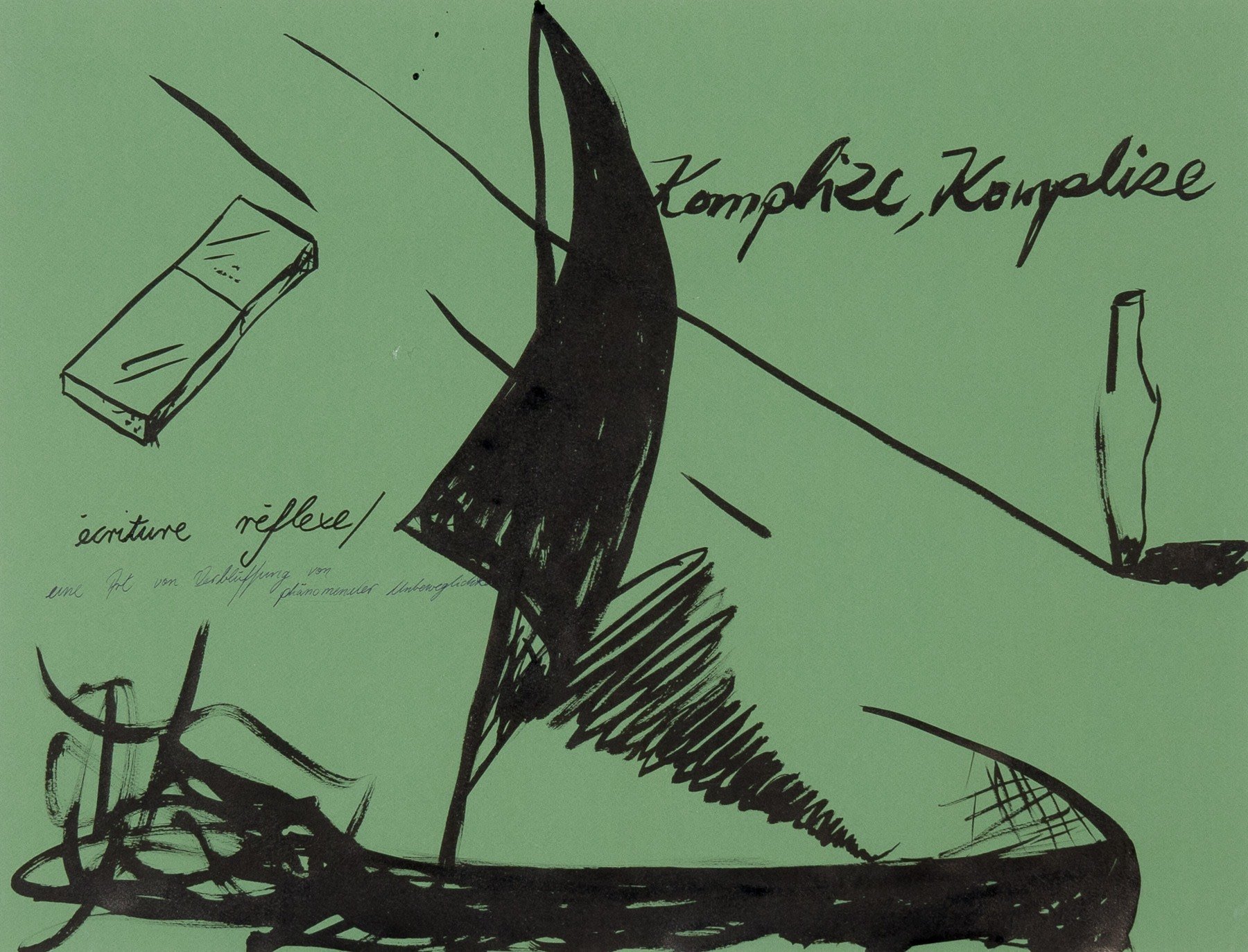
Viola Yesiltac, "Vom rudimentaeren Unverstaendniss", 2012
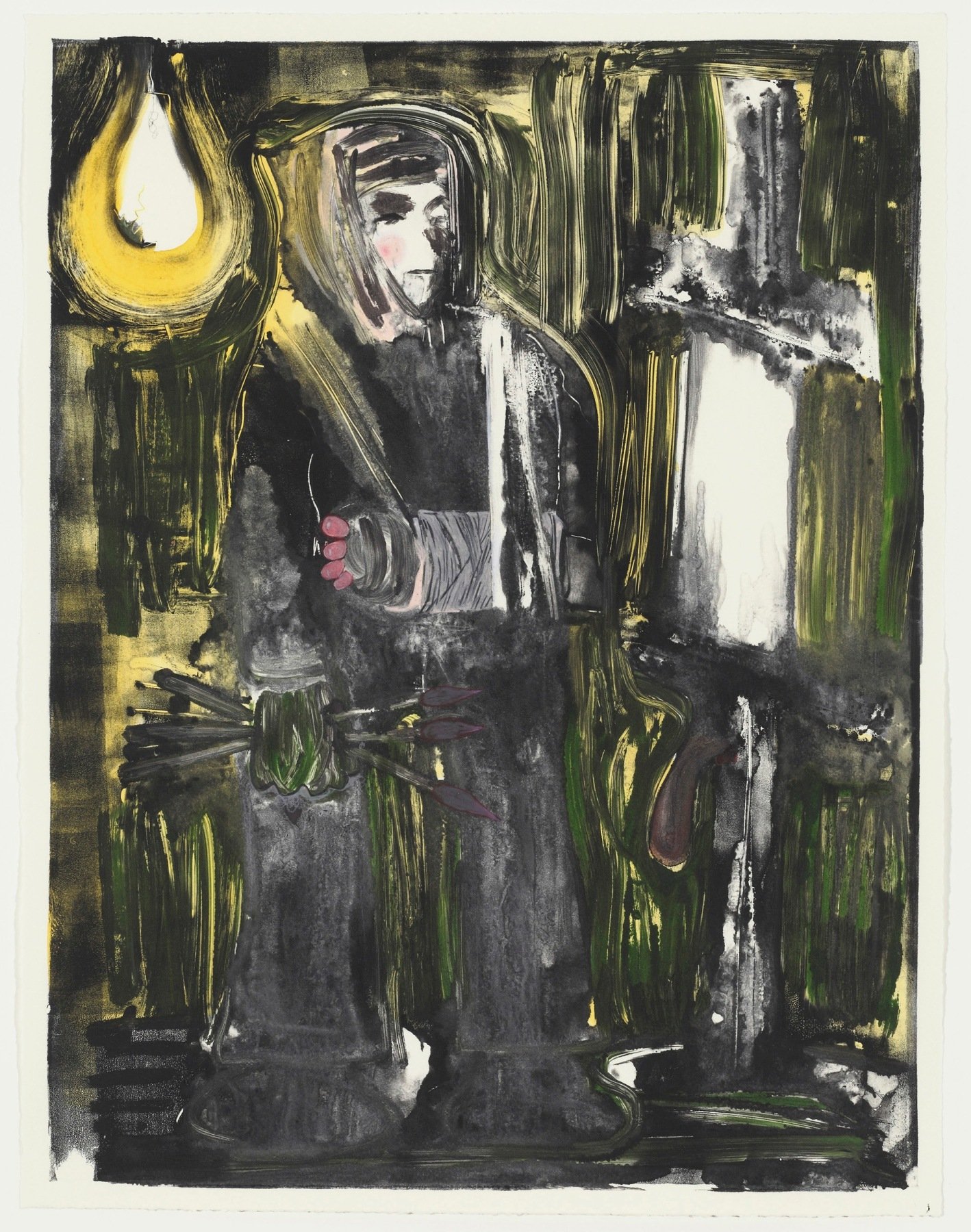
Nicole Eisenman, "Untitled", 2012
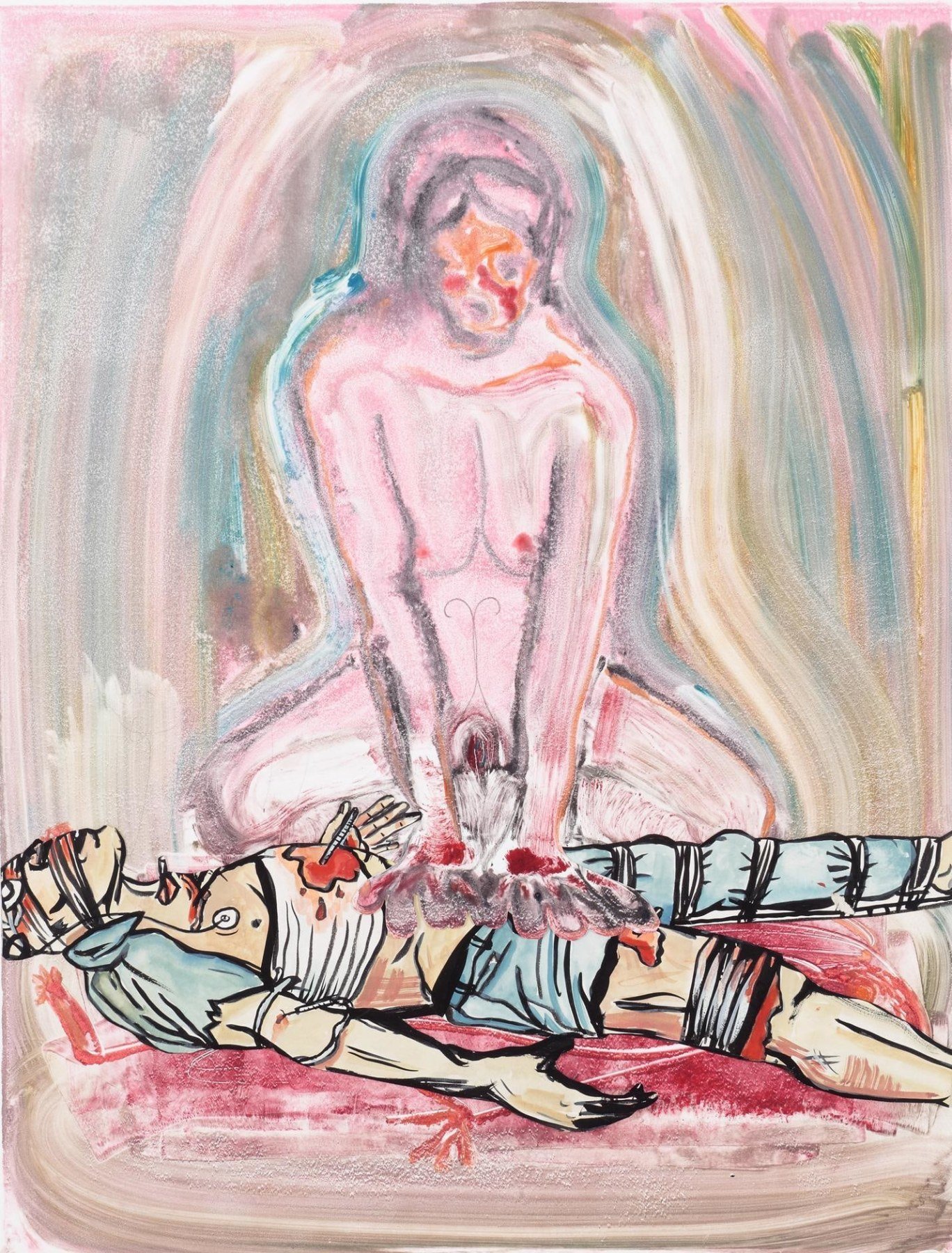
Nicole Eisenman, "Untitled", 2012
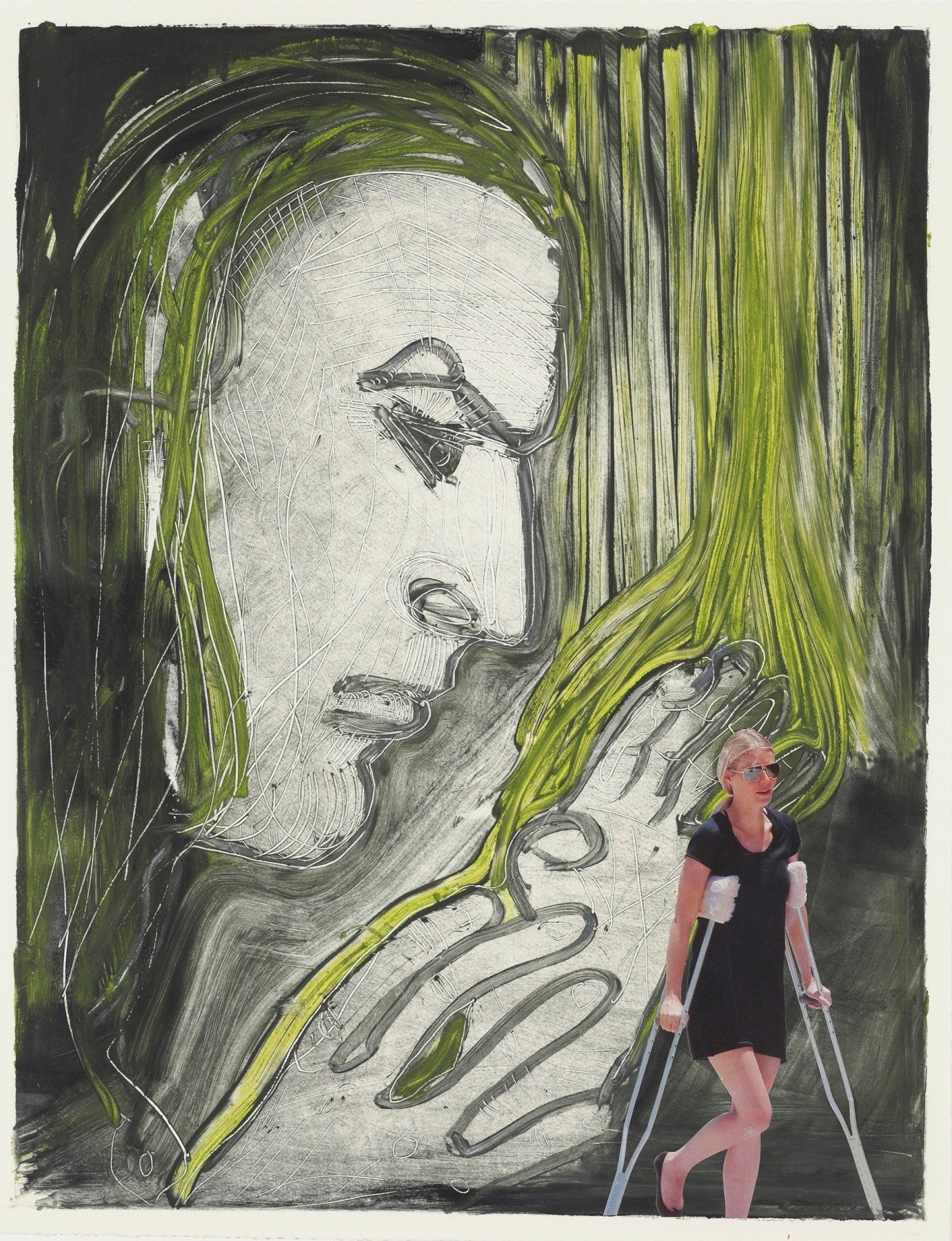
Nicole Eisenman, "Untitled", 2012
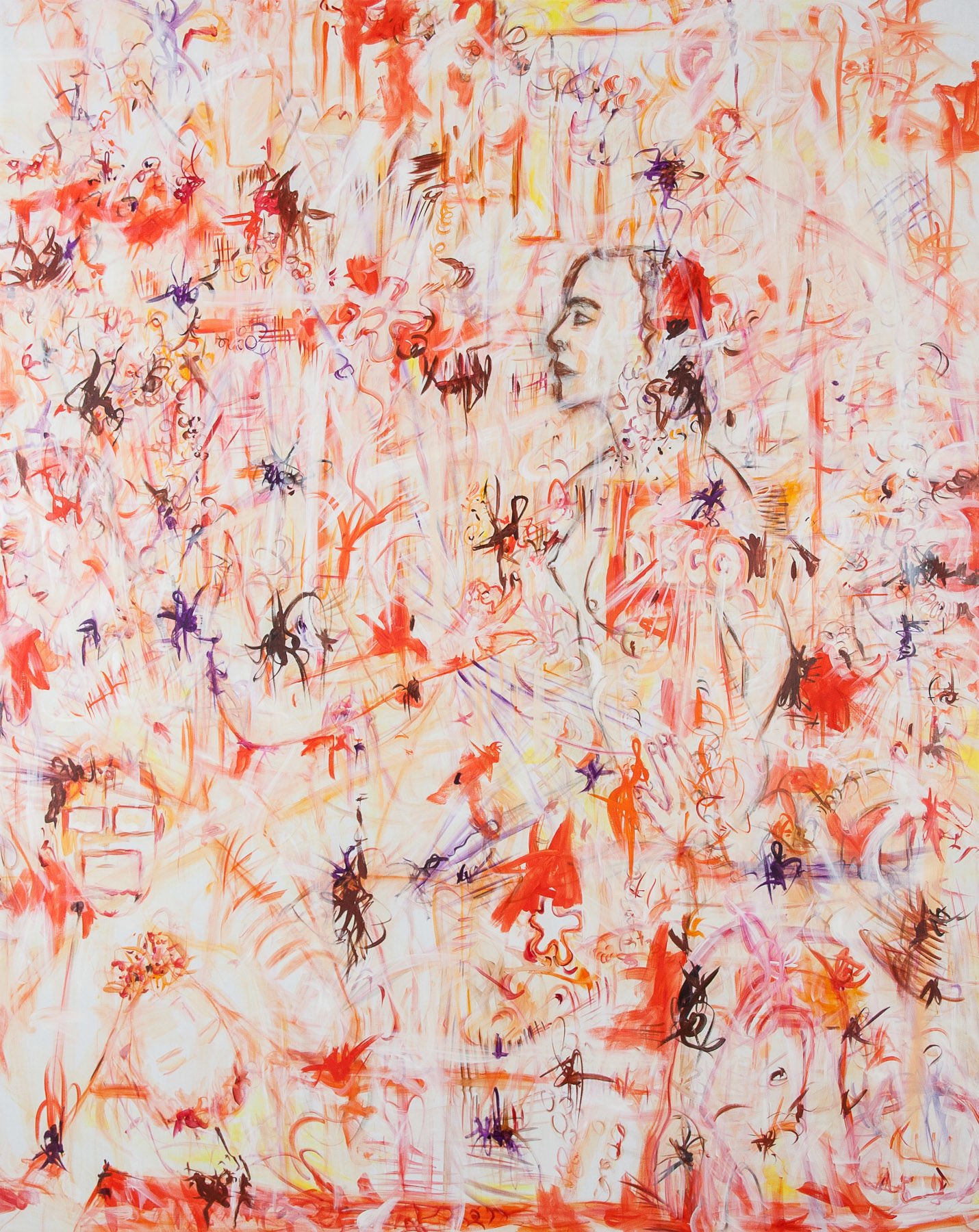
Jutta Koether, "Beyond the Beautiful View", 1993
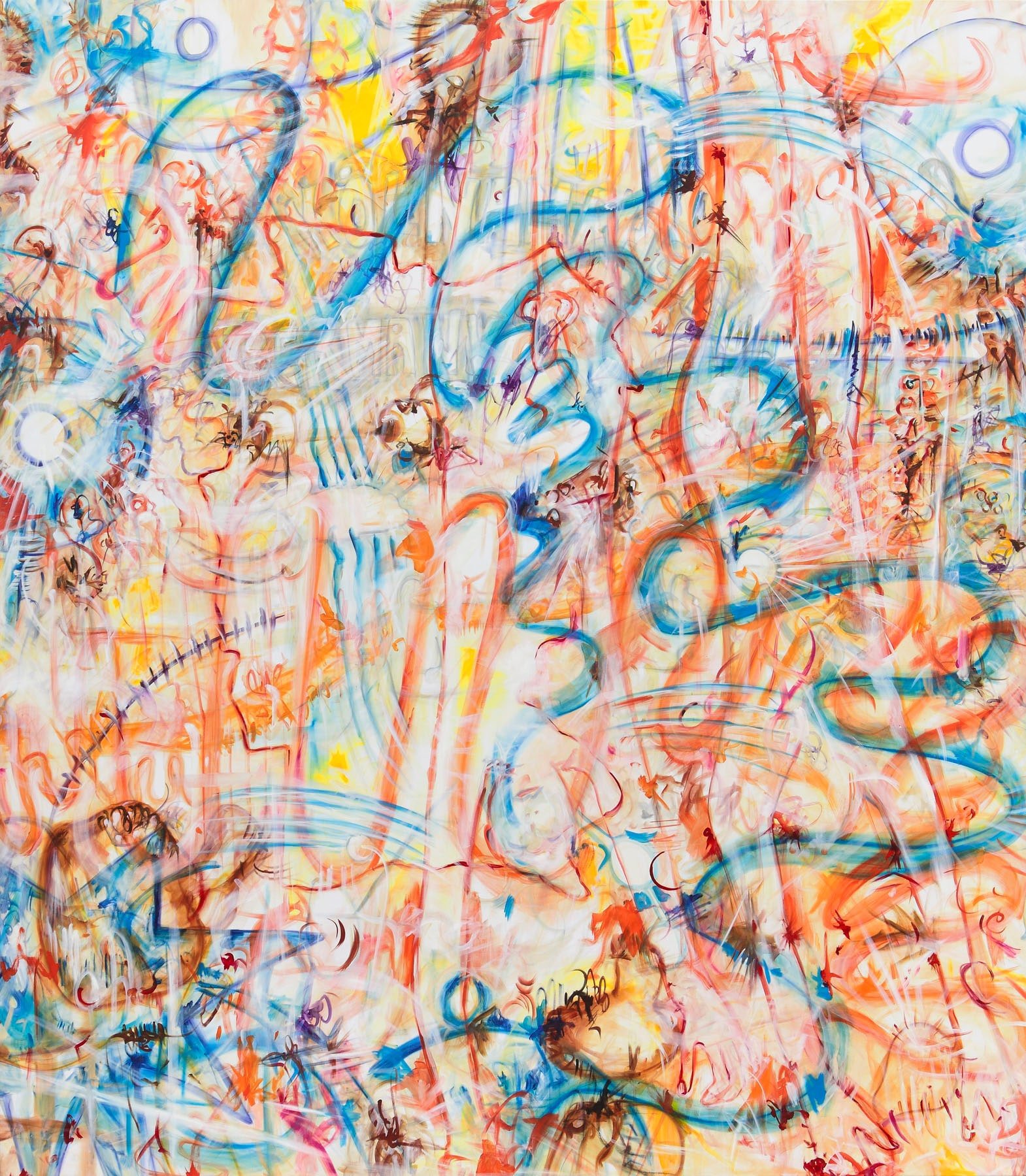
Jutta Koether, "I Know There’s Nothing Else to Do", 1994
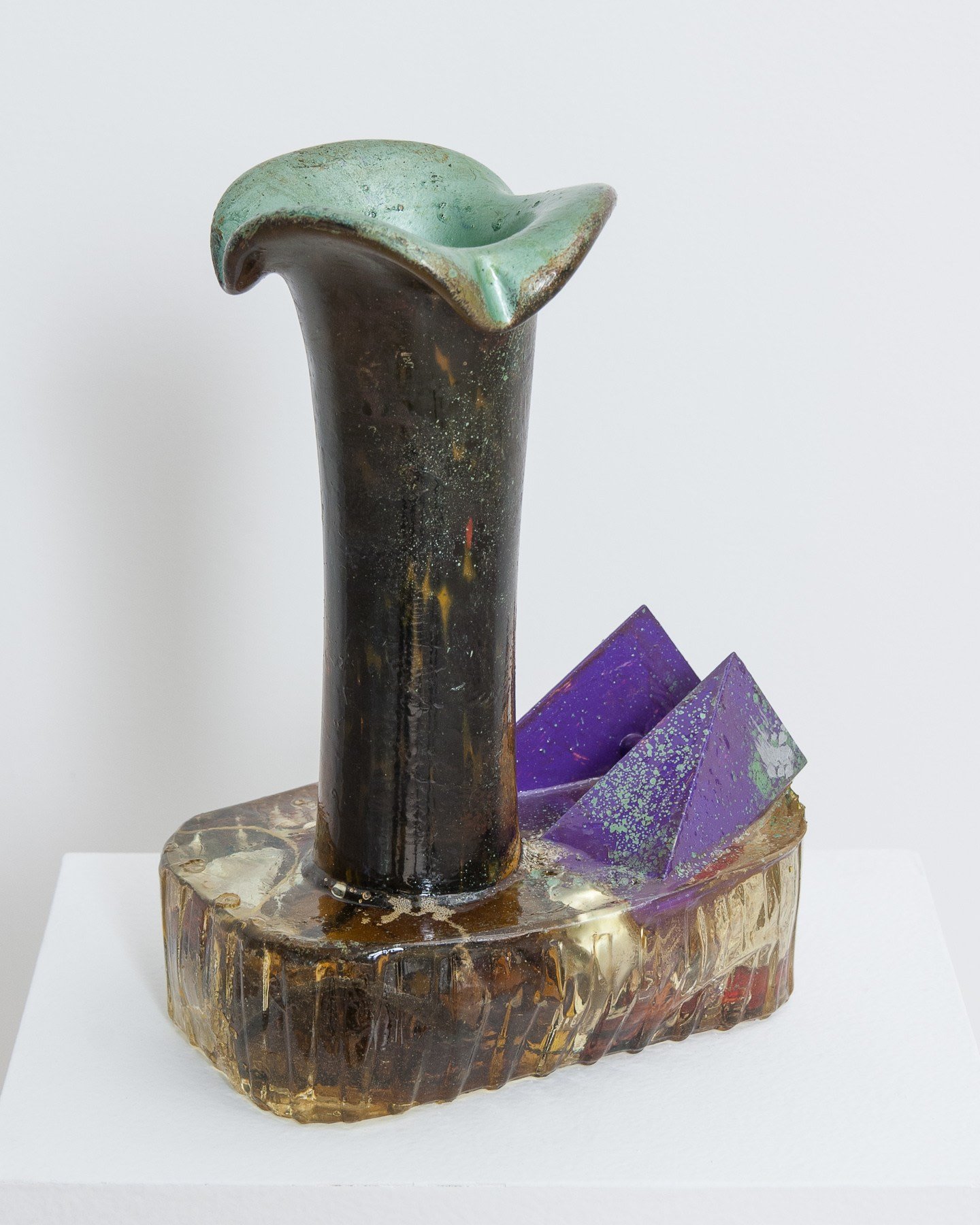
Michaela Eichwald, "Lustgrotte & o.T.", 2010

Nick Mauss, "Hinge", 2012
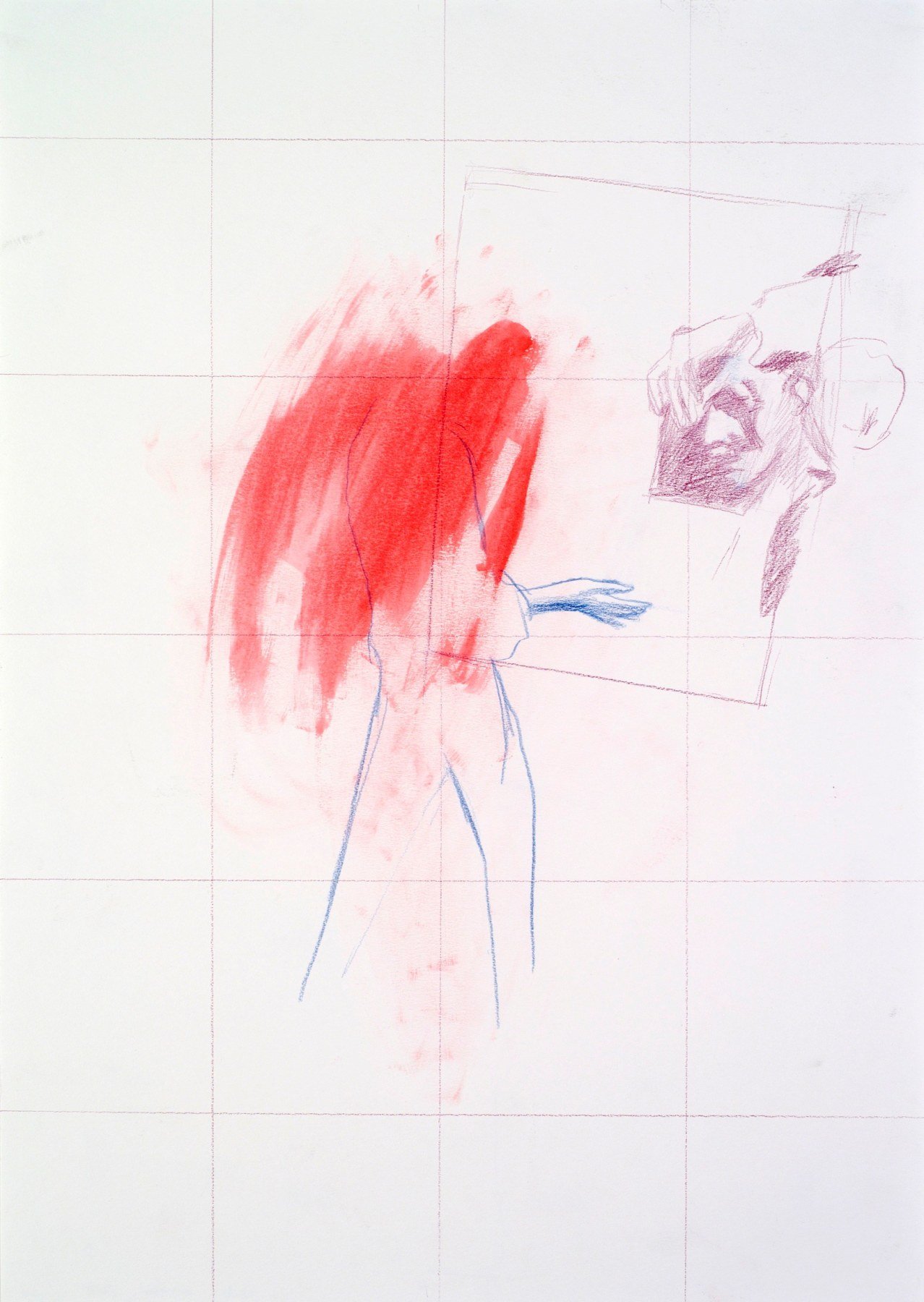
Nick Mauss, "Conversion", 2011
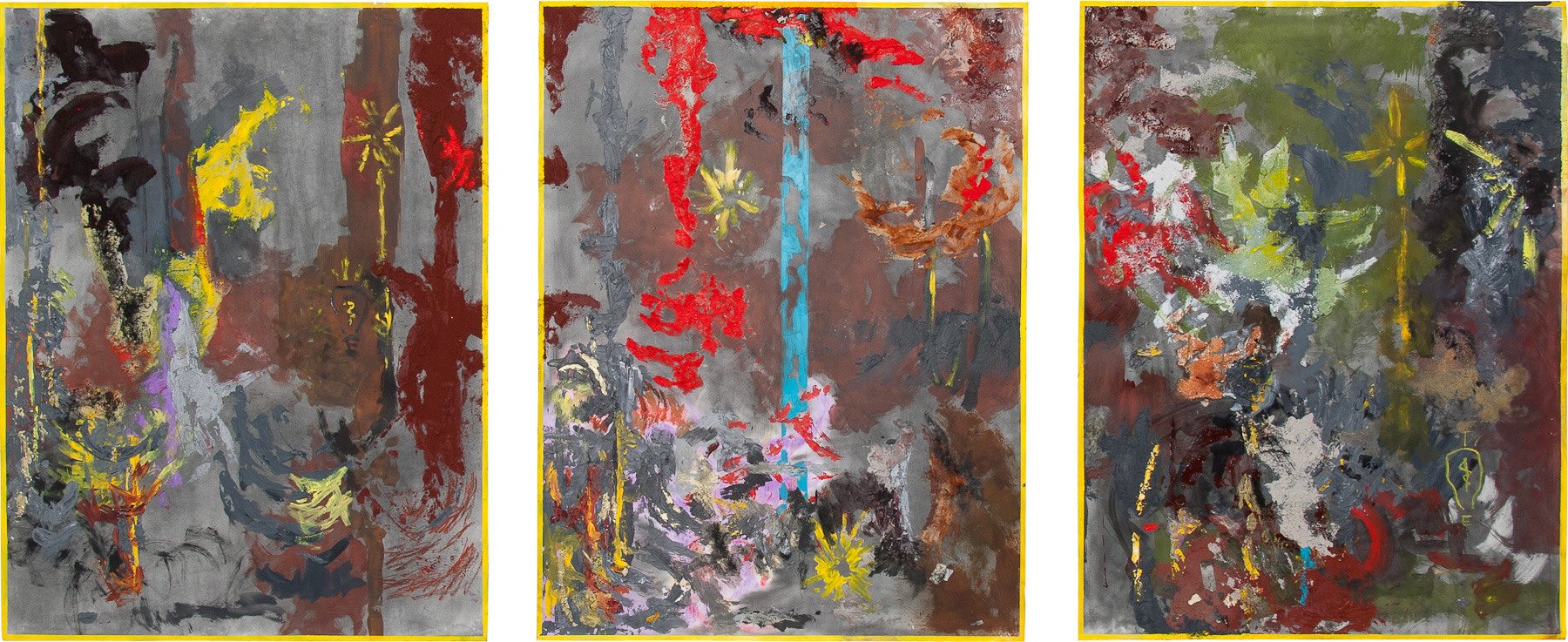
Kianja Strobert, "Untitled (Yellow Border)", 2013
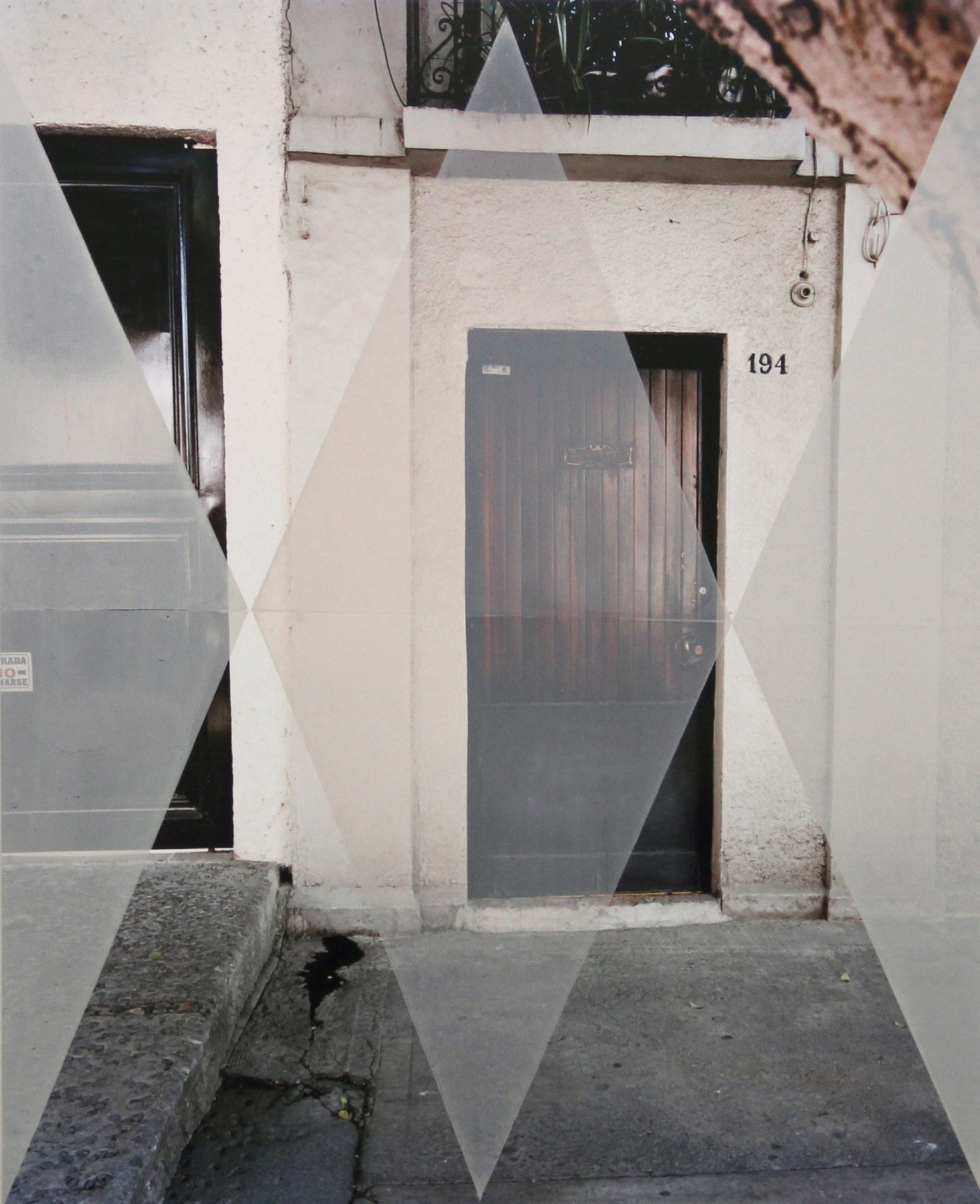
Lucy Skaer, "Harlequin is as Harlequin Does", 2012
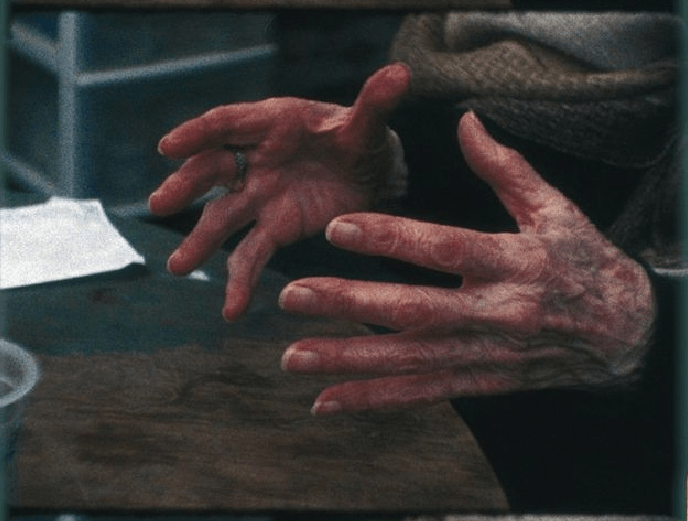
Lucy Skaer, "Leonora (The Joker)", film still, 2006

Nick Mauss, "Partition", 2012

Viola Yesiltac, "this eye is burning", 2013
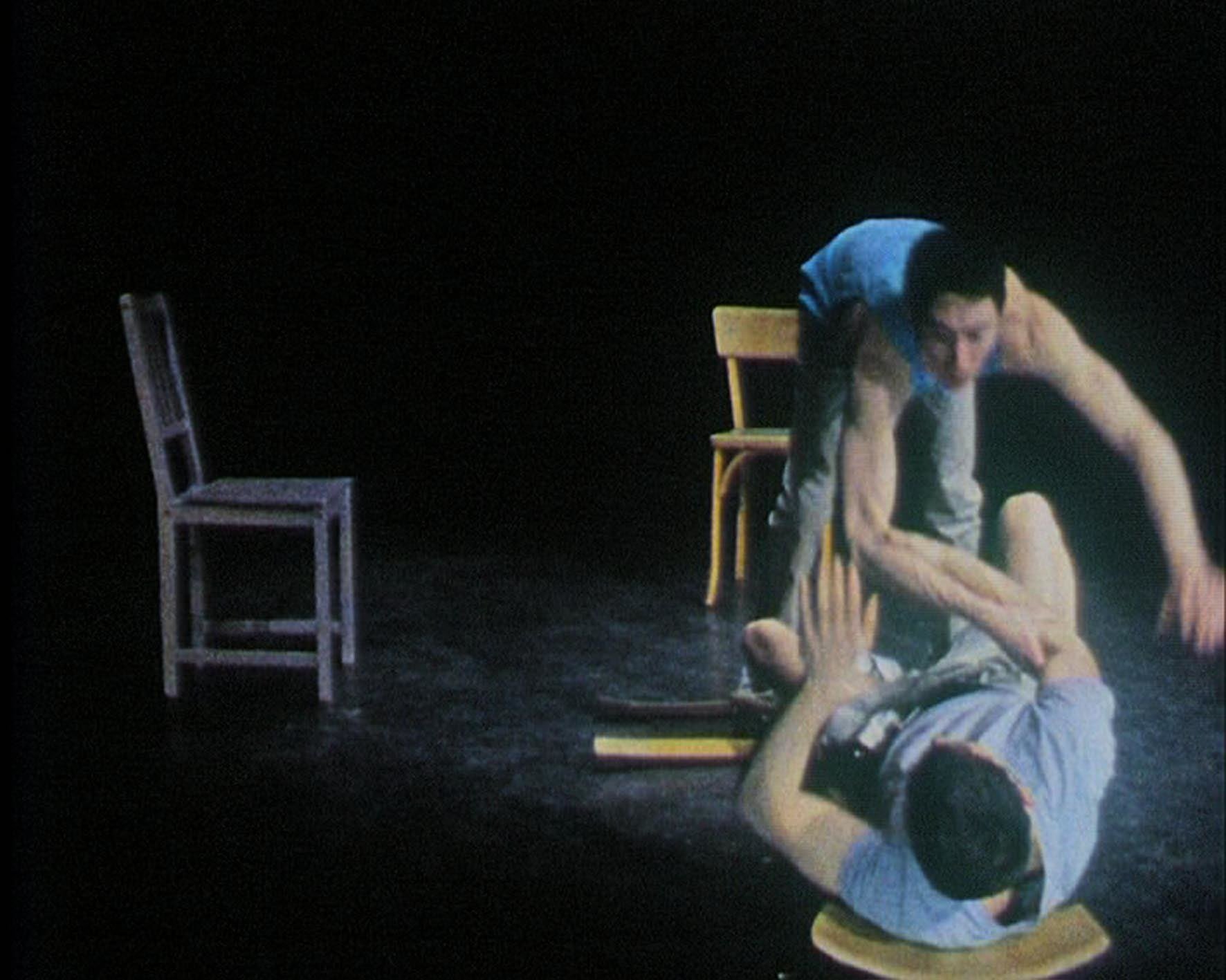
Sharyar Nashat, "Modern Body Comedy", film still, 2006

Sharyar Nashat, "Modern Body Comedy", film still, 2006
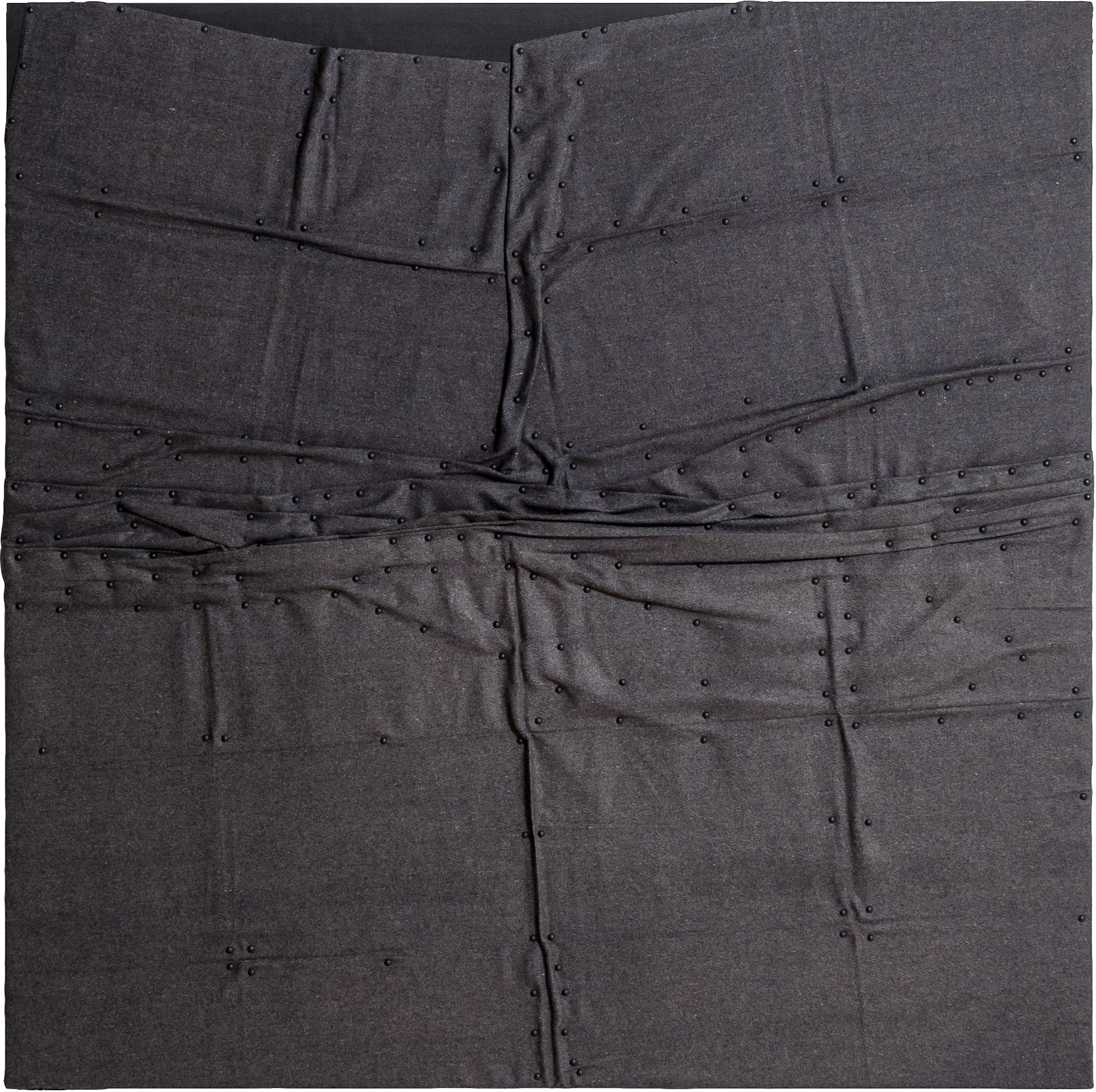
Tom Burr, "November Nerves", 2012
Catch As Catch Can inhabits a gap between parody and seriousness, consorting and mingling with sculpture, film, graphic design, and poetry, but always with a wry yet beholden eye towards painting and its terms and limits. Taken from the nickname for wrestling match entertainments of the early 20th century, Catch As Catch Can embraces a “no-holds-barred” attitude of reinventing genre, medium, and persona via available means.
Inspired by the presence of Francis Picabia’s painting of the same name—Catch As Catch Can, 1913—the exhibition engages a prying apart and emptying out of stylistic investments, critical prompts, and polemical stances in order that these tactics be revitalized with a restless comic gravitas. Painting as a genre and idea of mobility and mimesis—moving readily between graphic optical forms, versioning of the artistic self, and gestural pose—is explored in contemporary artistic practices that embrace a spirit of rupture, allowance, and divided attentions.
Made just after the succès de scandale of the Armory Show, which opened in New York, February 17th, 1913, Picabia’s Catch As Catch Can is an emblem of divided desire, existing between the lyrical embrace of Orphism’s colorful abstraction and the diagrammatic noise of the mecanomorphs, disassembled figuration, and embedded commentary that were to ensue. Conflating the artist’s memory of a dancer’s risqué routine aboard a transatlantic voyage with a no-holds-barred wrestling match Picabia viewed with his friend Apollinaire and first wife, Gabrielle, Catch As Catch Caninsists and interprets simultaneously, offering up a critique of its own seductive advances. Mixing up the French words étoile (star) and danse (dance) in the lower right hand corner, the painting deflates yet asserts its own rhythmic abstraction, and brings together the filmic collapse of two indelible memories.
From the Keatonesque pratfalls of Sharyar Nashat’s film Modern Body Comedy, 2006, to Lucy Skaer’s filmic portrayal of an encounter with the elderly Surrealist painter Leonora Carrington, Leonora (The Joker), 2006, the language of cinema as the least faithful art form recurs here in the exhibition in the cinematic ability to frame and repeat heightened moments, inverting dramatic tension and revealing illusion and viewer expectations. As with the two rows of movie seats facing each other in Tom Burr’s An Orange Echo, 2012, the mirror of cinema inverts, fragments, and upends our memory through impossible repetitions, forever altering the imprint of the constructed, painted encounter along the way.
A similarly uneasy, dismantled approach to portraiture and interiority is animated in the work of Jutta Koether, Nick Mauss, and Will Benedict, as they hold equally to the effects of advanced abstraction and décor while taking apart art historical context and social behavior. While the line and language of satire embedded in the work of Viola Yesiltac and Nicole Eisenman puts forth an unresolved dialog between caricature and lyricism, Kerstin Brätsch’s optical distortion and rotating display tactics resonate with Kianja Strobert’s staccato substitutions and Michaela Eichwald’s writhing and recalcitrant compositions to further rouse the spirit of distribution, mutation, and mischief carried forth within the exhibition.
Selected Press:
